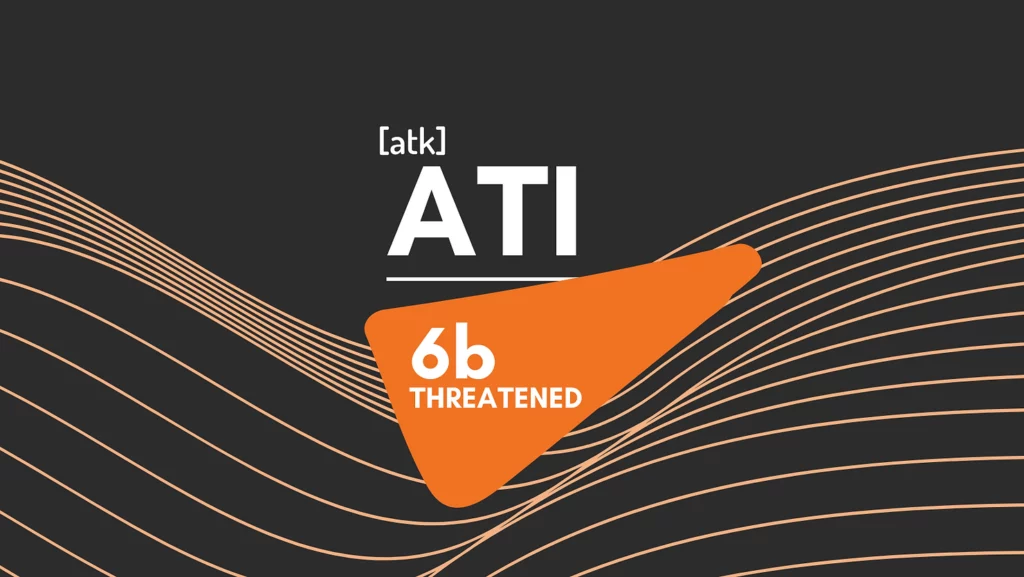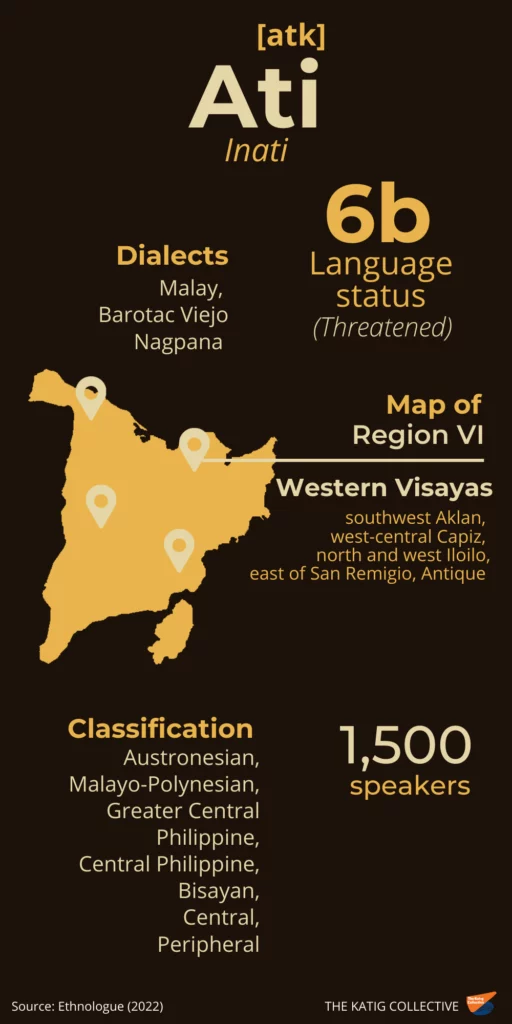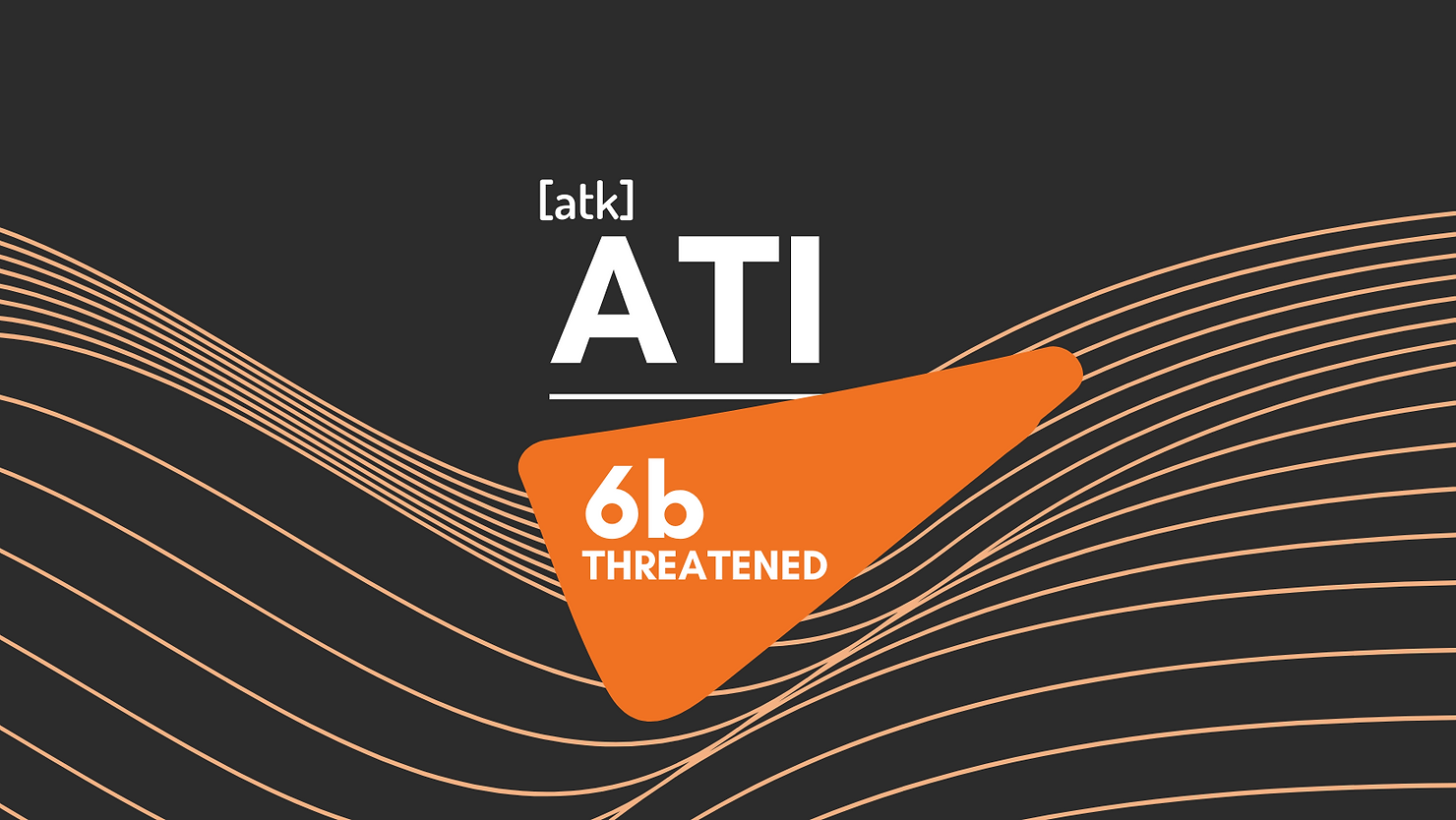Ati
Also known as Inati, Ati [atk] is spoken in southwest Aklan, west-central Capiz, north and west Iloilo, and the border areas east of San Remigio, Antique. It is categorized as threatened (EGIDS 6b*) in Ethnologue (Eberhard et al., 2022), indicating that the language is losing speakers. The Ati language is commonly spoken at home or within the Ati community. Outside those domains, however, dominant languages like Hiligaynon [hil] and Kinaray-a [krj] are used for communication.

The Ati people
The Ati population was reported to be 63,654 (NCIP, 2011 as cited in Manzano, 2021), but this record does not reflect the exact number of fluent speakers. In 1980, the Summer Institute of Linguistics (SIL) estimated that there are only 1,500 speakers left (as cited in Eberhard et al., 2022).
Threats to the people and the language
The Ati group faces numerous challenges that involve the endangerment of their language. One of the major issues they struggle against is landlessness. As an example, the Ati in Boracay, Aklan were expelled from their ancestral domain and awarded by the National Commission on Indigenous Peoples (NCIP) only two hectares of land. Some non-Ati families even claim ownership of parts of the area (Arquiza, 2012), while resorts, hotels, and restaurants now occupy the Ati territory. And although this industry can provide jobs, less than 20 of the 200 Ati people in Boracay are employed in such businesses (Angan, 2013). The Ati people are forced to observe a nomadic lifestyle and to depend on Aklanon landlords as a potential source of income (Baruah, 2000). However, unemployment remains a primary concern and exacerbates poverty. The Ati people also cannot afford formal education, and if given the chance to attend school, they are subjected to an educational system that uses Hiligaynon as the medium of instruction.

Works about Ati
Pennoyer (1985) listed the works where Ati was mentioned and discussed the emergence, or scarcity, of published materials that focus on this language. Ati appeared in Chirino’s writings in 1604 where Visayan Negrito vocabulary items were included. More than two centuries later, a major work by Pavon in 1839 examined the grammar of Negrito languages and even produced a dictionary. The succeeding studies also focused on Negrito languages and not specifically on Ati. Prior to Pennoyer’s study, the only record of the Ati language in a publication was three short sentences found in an article written by Manuel Gloria in 1939. The most recent extensive work on the language is Manzano’s (2019) grammar sketch.
References
Angan, J. (2013, June 21). Beyond the beach: The untold story of Boracay’s Ati tribe. GMA News. https://www.gmanetwork.com/news/lifestyle/artandculture/313920/beyond-the-beach-the-untold-story-of-boracay-s-ati-tribe/story/
Arquiza, Y. D. (2012, March 3). For the Ati of Boracay, ancestral domain title is worthless. GMA News. https://www.gmanetwork.com/news/news/regions/250175/for-the-ati-of-boracay-ancestral-domain-title-is-worthless/story/
Baruah, K. (2000). A forgotten people: The Ati community of Aklan. Philippine Quarterly of Culture and Society, 28(3), 301-316. https://www.jstor.org/stable/29792465
Eberhard, D. M., Simons, G. F., & Fennig, C. D. (Eds.). (2022). Ati. Ethnologue: Languages of the world (25th ed.). https://www.ethnologue.com/language/atk
Hammarström, H., Forkel, R., Haspelmath, M., & Bank, S. (Eds.). (2022). Spoken L1 language: Ati. Glottolog 4.6. https://glottolog.org/resource/languoid/id/atii1237
Manzano, D. (2019). A grammar sketch of Inati [Unpublished master’s thesis]. University of the Philippines Diliman.
Manzano, D. (2021). Inati (Panay island, Philippines) – Language contexts. Language Documentation and Description, 20, 35-53. http://www.elpublishing.org/PID/225
Open Language Archives Community. (n.d.). OLAC resources in and about the Ati language. http://www.language-archives.org/language/atk
Pennoyer, F. D. (1985). Inati: The hidden Negrito language of Panay. Seattle Pacific University.

